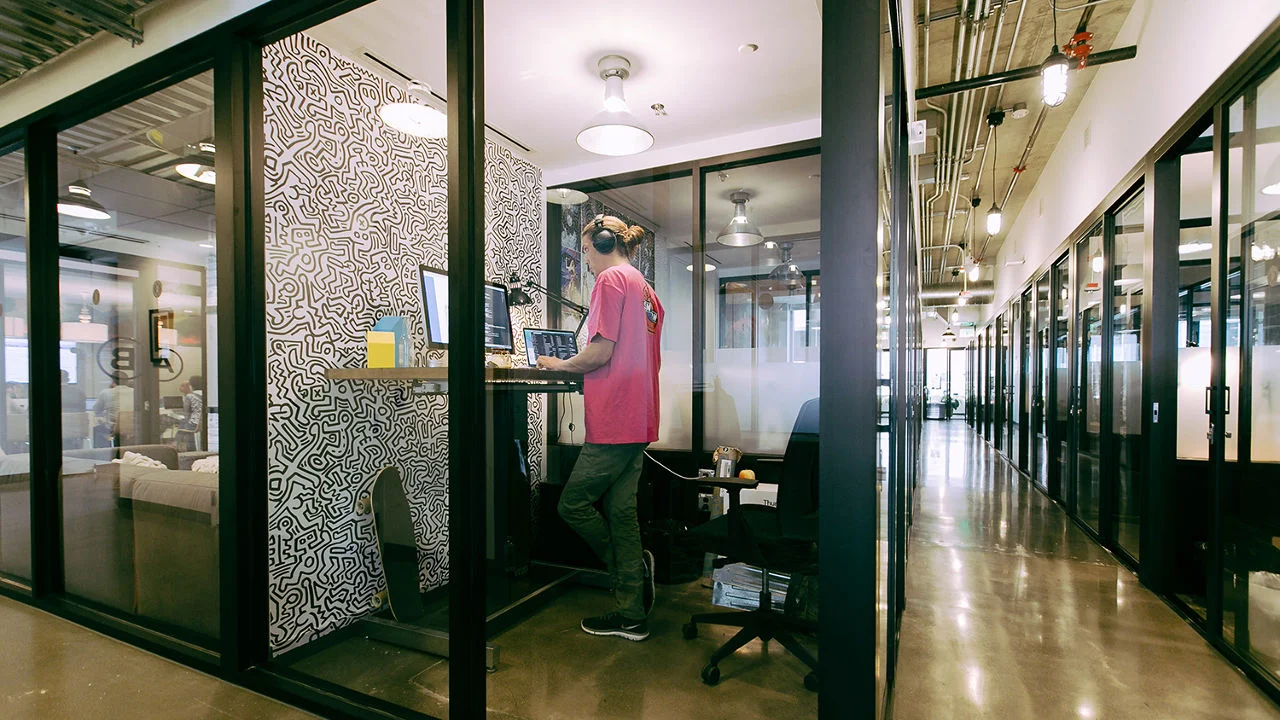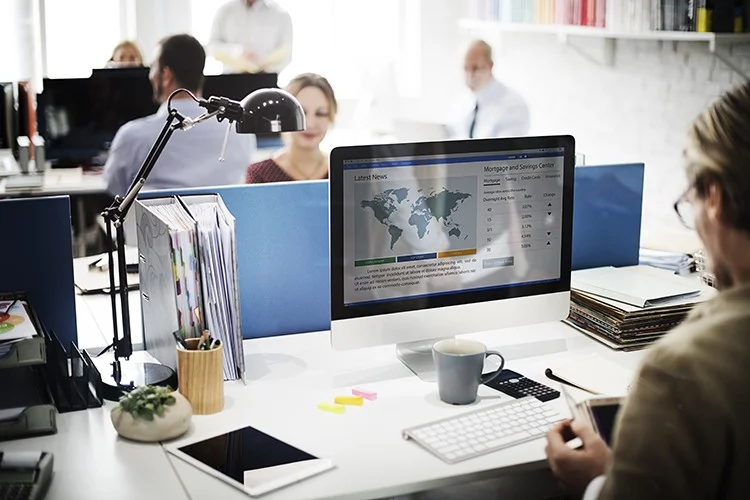Haworth white papers: working styles are changing, but ergonomic design is stuck in the days of the "cubicle farm" and not evolving quickly enough to support more mobile employees, according to US furniture giant Haworth.
"The very nature of work is changing," says Haworth in its white paper Active Ergonomics for the Emerging Workplace. "Technology has freed people to work anywhere, and a growing proportion of that work is collaborative and social."
"But traditional office ergonomics does not address group work or spaces. These emerging space types are being created with no ergonomic guidance," it warns. "Organisations that fail to apply a 'big picture' approach to office ergonomics are missing the opportunity to provide a safe and high-performing workplace for their employees."

























